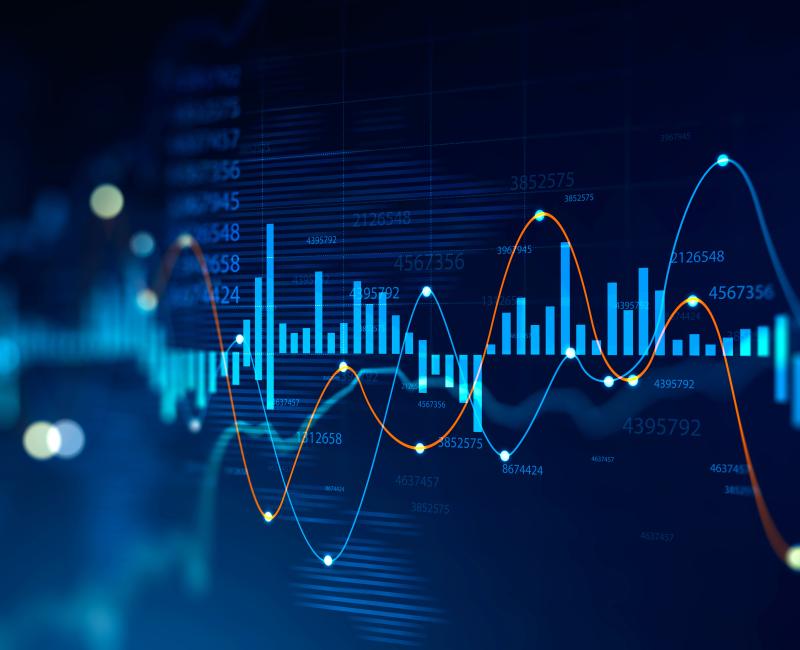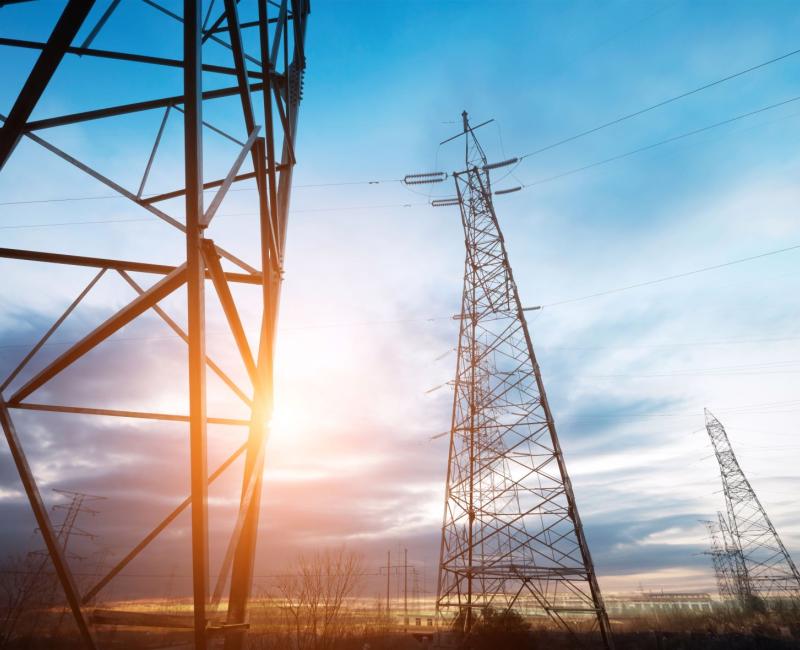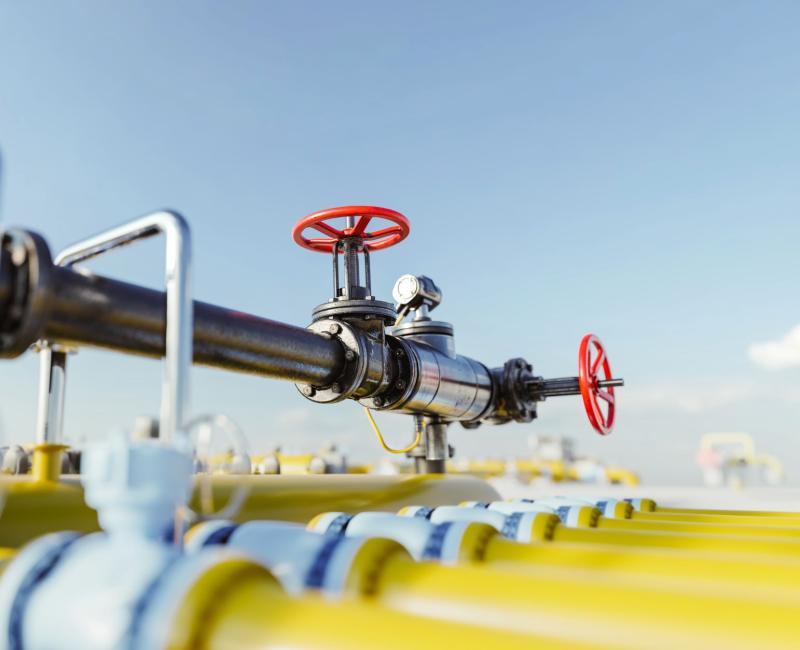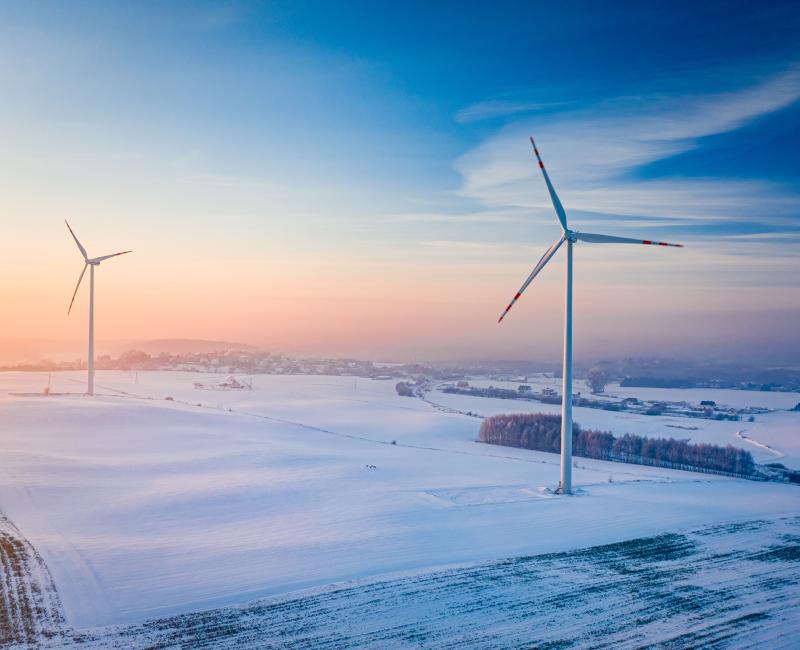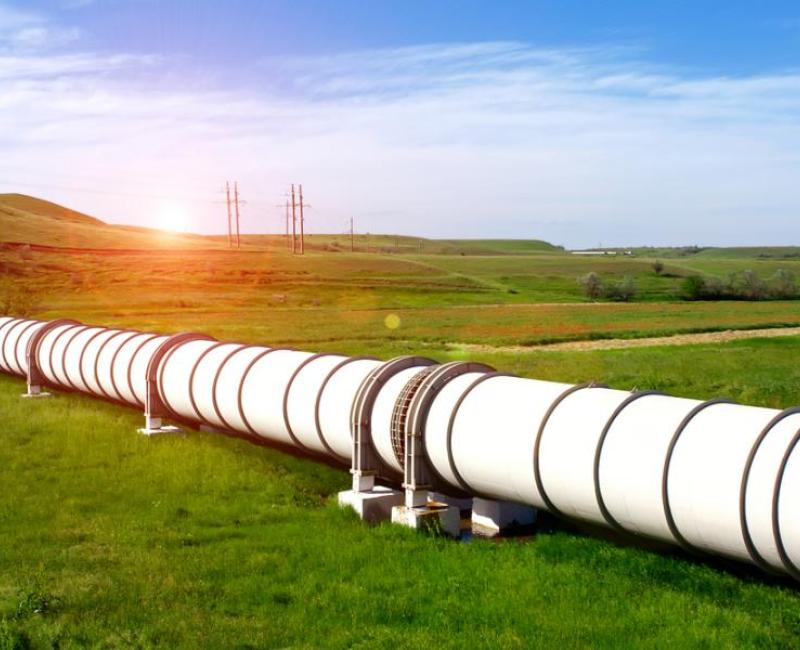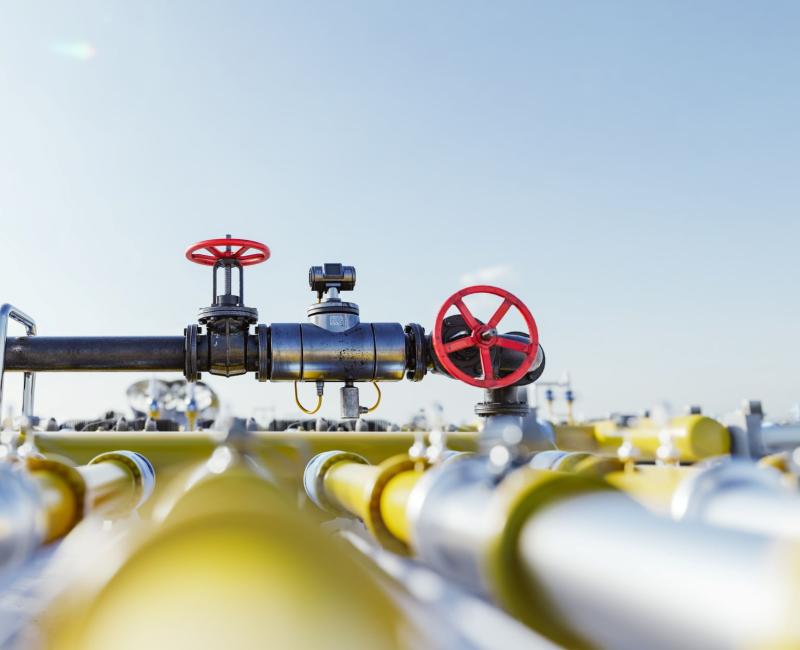ACER publishes new Framework Guidelines for the joint scenarios for network development planning of electricity and gas, in accordance with the recast TEN-E Regulation.
Background
Every two years, the European Network of Transmission System Operators for Electricity (ENTSO-E) and for Gas (ENTSOG) must prepare joint scenarios which set the basis for the future network development planning in the European Union.
Scenarios include a set of assumptions about energy demand and supply evolutions that are used in the biennial Union-wide ten-year network development plans (TYNDPs) for electricity and for gas. These TYNDP processes feed into the identification and selection of projects of common interest (PCIs), which play an important role in making the infrastructure ready to achieve the Union’s energy and climate policy objectives. Given their importance, the recast TEN-E regulation stipulates a more structured process for developing the joint TYNDP scenarios.
The procedure to adopt new scenarios guidelines was initiated in July 2022.
What is the role of ACER?
The TEN-E regulation requires ACER to prepare Framework Guidelines (ACER’s TYNDP Scenarios Guidelines) which should ensure the TYNDP scenarios are transparent, non-discriminatory and robust, as well as in line with the Union’s climate and energy policies (e.g. fostering Union’s 2030 energy and climate targets, as well as its 2050 climate neutrality objective). These scenarios should also build on the European Commission’s scenarios, as well as on the national energy and climate plans.
ACER developed its Guidelines after extensively consulting with the European Commission, ENTSO-E, ENTSOG, the European Scientific Advisory Board on Climate Change, a broad set of representative stakeholders and the public.
What do the ACER Guidelines do?
The ACER Guidelines;
- require development of a best-estimate scenario and stress-testing based on contrasting variants;
- strengthen the transparency requirements ensuring the openness and accessibility of information about the scenarios;
- introduce a larger role for stakeholders in scrutinising the inputs and assumptions underlying the scenarios during the scenarios preparation process; and
- call for establishing a process to quickly review and, if needed, update scenarios when significant changes happen to at least one assumption on which a scenario is built.
In this way, the Framework Guidelines will strengthen transparency, non-discrimination and robustness of the scenarios.
What are the next steps?
ENTSO-E and ENTSOG shall follow ACER’s Framework Guidelines when they construct the joint TYNDP scenarios.
For the TYNDP 2024 scenarios, which are already under preparation, ACER acknowledges that not all elements of the Guidelines may be fully implemented. Nevertheless, ACER expects ENTSO-E and ENTSOG to implement the Guidelines swiftly, for instance, by establishing the Stakeholder Reference Group and involving it as much as possible in the remaining steps of the process for TYNDP 2024 scenarios as well as in preparatory activities for TYNDP 2026 scenarios.
ACER shall update the Framework Guidelines regularly, as necessary.
ACER will organise a webinar on 26 January 2023 to explain the Framework Guidelines.
Access the Framework Guidelines for the scenarios for network development planning (ACER’s TYNDP Scenarios Guidelines).

